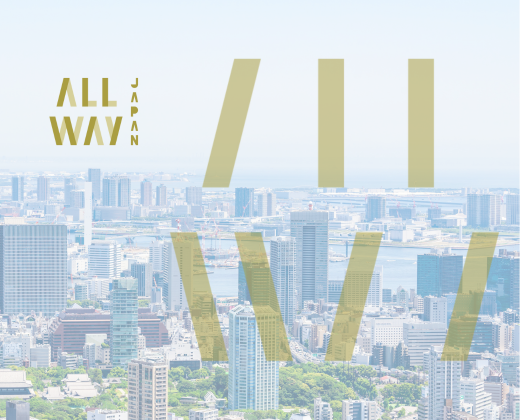
One of the three mounds collectively known as the "Mitsuzuka Kofun" on the south side of the Nakahime Meiryo Kofun. From the west, it is a rare burial mound with the Suchitayama, Nakayama-tsuka, and Yashima-tsuka-kōmun, which line the southern side of each mound in a straight line, sharing a single surrounding moat. All are constituent assets of the World Cultural Heritage "Hyakutan Bird/Furuichi Kofun", and the time of construction is estimated to be in the first half of the 5th century. The Yashimatsuka Kofun and the Nakayama-zuka Kofun mounds, with a height of 50m per side, are managed by the Imperial Household Agency. A "shura" has been excavated from between Ryokan mounds. The Suketaizan Kofun, a national designated historical site, is 36m on a side and 6m high, and the burial site was exposed at the top of the burial site with a large stone-like ceiling stone, but it is now backfilled and cannot be accessed.

Front and back mounds located in the northeastern part of the Furuichi mound, near the northern end of the Kokufu [Kou] plateau. The construction period was in the late 5th century. The depth of the mound is 230m long, the diameter of the back circle is 140m, the height is 22.3m, the width of the front part is 160m, and the height is 23.3m, the fourth of the Furuichi Kofun group on a scale. The mound was a three-stage structure, with a double moat and a dike at the time of construction. Cylindrical Haniwa and figurative Haniwa are excavated from the moat. The burial facility is unknown, but the Imperial Household Agency ruled as the "Eiga Nagano Kitoryo" of the 19th Emperor Yun Kyung. The southern mound, which was about ten around the perimeter, is the southern mound of the palace, the kōyū mound, the kōyū mound, and the kōyō mountain mound. One of the constituent assets of the world cultural heritage "Hyakutan Bird Furuichi Kofun". The tour is from near the place of worship on the north side and from the road on the south side.

The preface round mound built between the Nakahime Mingling Tomb and the Ojin Emperor's Tomb. The mound length is 150m, the diameter of the back circle is 96m, the height is 15.3m, the width of the front part is 100m, and the height is 9.3m. A late 4th century anteback mound built early within the Furuichi mound. The burial facilities and grave items are unknown, but cylindrical haniwa and figurative haniwa have been unearthed from the three-stage mounds, which are surrounded by shuhori and shuks. You can walk freely through the grasslands and mounds of the remains of the moat, and enjoy plums, about 40 cherry blossoms of the Yoshino cherry trees, and autumn leaves. From the top of the mound, you can see the Mount Tamate, Mount Futami, and Abeno Harukas. It is one of the constituent assets of the World Cultural Heritage Site "Hyakutan Bird Furuichi Kofun" at the country-designated historic site.

The ancient temple that became the origin of the place name of Fujiidera. Thirty-three locations in the West. Genjian as the clan temple of Kuzui Rin, a descendant of King Ting Sun of Baekje. The main statue of Sende Senkan Guanyin Bodhisattva, which has the largest number of 1043 hands in Japan, is designated as a national treasure. The statues of the Jizō Bodhisattva and Sengyin statues of the Waki Samurai are also in place. It is opened on the 18th of every month (price: 500 yen, time: 9:00 to 16:30), and it is crowded with many worshipers.
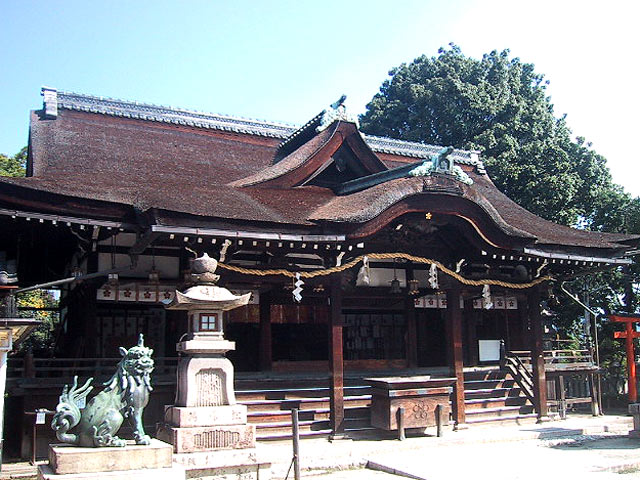
It is the founding of the first year of the calendar (947), and enshrines the god of scholarship, Michizane Sugawara. It is adjacent to Domyoji Temple across the road. The treasure hall contains a number of company treasures, including six national treasures, such as the blue-white porcelain circle, which is a treasure of Michizane. There are 800 plums of about 80 species in the precinct, and they bloom brilliantly in February and March.

The statue of the eleven-faced Kannon of the main statue is said to be a work of Michizane Sugawara and designated as a national treasure. On his way to Dazaifu, Michizane visited his aunt Kakuju-ni at Domyoji Temple to spare his remnants, which is also famous for Kabuki's "Sugawara Densetsuden" and Bunraku's "Sugajo Sou". The specialty of Domyoji (Hoshiihi) 1000 yen is said to be the beginning of preserved food in Japan. On the 18th and 25th of every month (but on April 17, 18 and 25), New Year's Day 3 opens on the day.

A direct sales shop for agricultural products selling vegetables and fruits, floriculture and various processed products, etc., which are carefully grown by local growers.
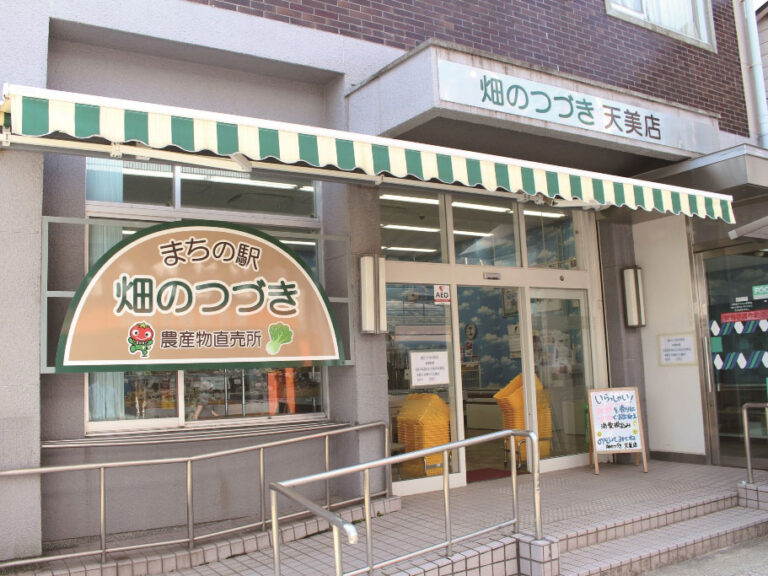
A direct sales shop for agricultural products selling vegetables and fruits, floriculture and various processed products, etc., which are carefully grown by local growers.
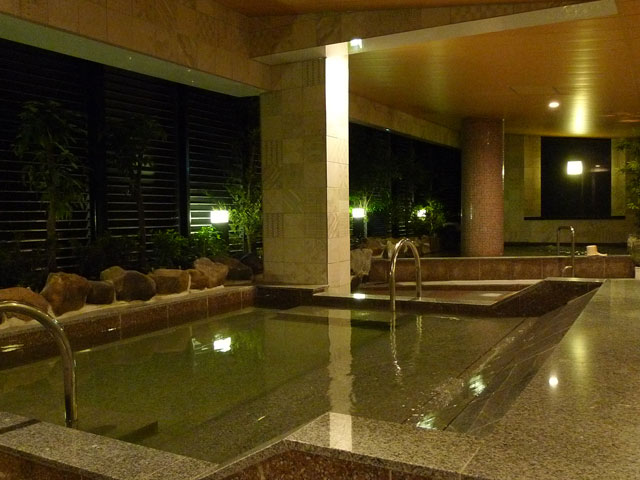
A bathing facility available 24 hours a day at a low rate (2970 yen) in Kansai. In addition to facilities such as baths, eating and drinking, naps, and various massages, the amenities are also substantial, and the attraction is that you can visit the store empty-handed. It takes about 15 minutes to Namba and is close to sightseeing spots such as USJ and Osaka Castle, and users for business purposes can be satisfied as well as family use.
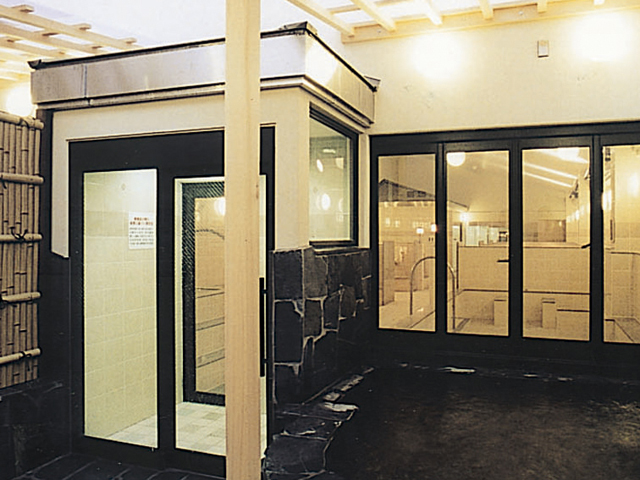
A day-trip hot spring facility located in the city of Higashi-Osaka, which is partly filled with water-rich sources of hot water as they are. A large bath is lined with bubbling water, low-frequency tubs, and hot-temperature saunas.








